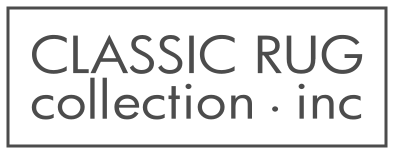Loretta Bennett, "Vegetation"
Loretta Pettway Bennett is the daughter of Qunnie Pettway, who was an outstanding quilter. Ms. Bennett explains how she learned to sew:
“I can recall that I was about five or six years old when I was first introduced to sewing. At that age we were only allowed to thread the needles for the quilters in my grandmother’s and my mother’s quilting group. The leftover scraps are what we got to sew and piece together, practicing on how to make a real quilt. We never actually made a quilt, because the leftover pieces were so small in size, so I looked for something else more interesting to do than sticking my fingers with a needle. During grade school the bulk of my school clothes were homemade by my mother, Qunnie Pettway; she has always had a passion for sewing. Since quilting and making quilts were such a big part of my grandmother’s, my mother’s, and my aunt’s life, I believe the seed of quiltmaking was planted into my genes. Whenever we would go to either aunt Lucy T. Pettway’s or aunt Ruth Mosely’s houses to play during the summer months, they would always say, ‘Come here, sit down and learn how to sew.’” (Courtesy of the Souls Grown Deep Foundation)
Barbara Barran has been working with the Gee’s Bend Quilters since 2003. She has shown and sold their work at over 25 US museums, paying the quilters a royalty for the use of their designs. She has visited Gee’s Bend, AL, several times and stayed at the home of Ruth Kennedy and Lucy Mingo. Working with the quilters has been the highlight of her design career.
Custom Gee’s Bend Quilt designs and sizes are available. For more information, please write to info@Classicrug.com or call us at 718-768-3338.
100 knot Hand-knotted New Zealand wool rug. Made in India.
About Gee’s Bend
The women of Gee’s Bend—a small, remote, Black community in Alabama—have created hundreds of quilt masterpieces dating from the early twentieth century to the present. Resembling an inland island, Gee’s Bend is surrounded on three sides by the Alabama River. Some seven hundred or so inhabitants of this small, rural community are mostly descendants of slaves, and for generations, they worked the fields belonging to the local Pettway plantation. Enlivened by a visual imagination that extends the expressive boundaries of the quilt genre, these astounding creations constitute a crucial chapter in the history of American art.


